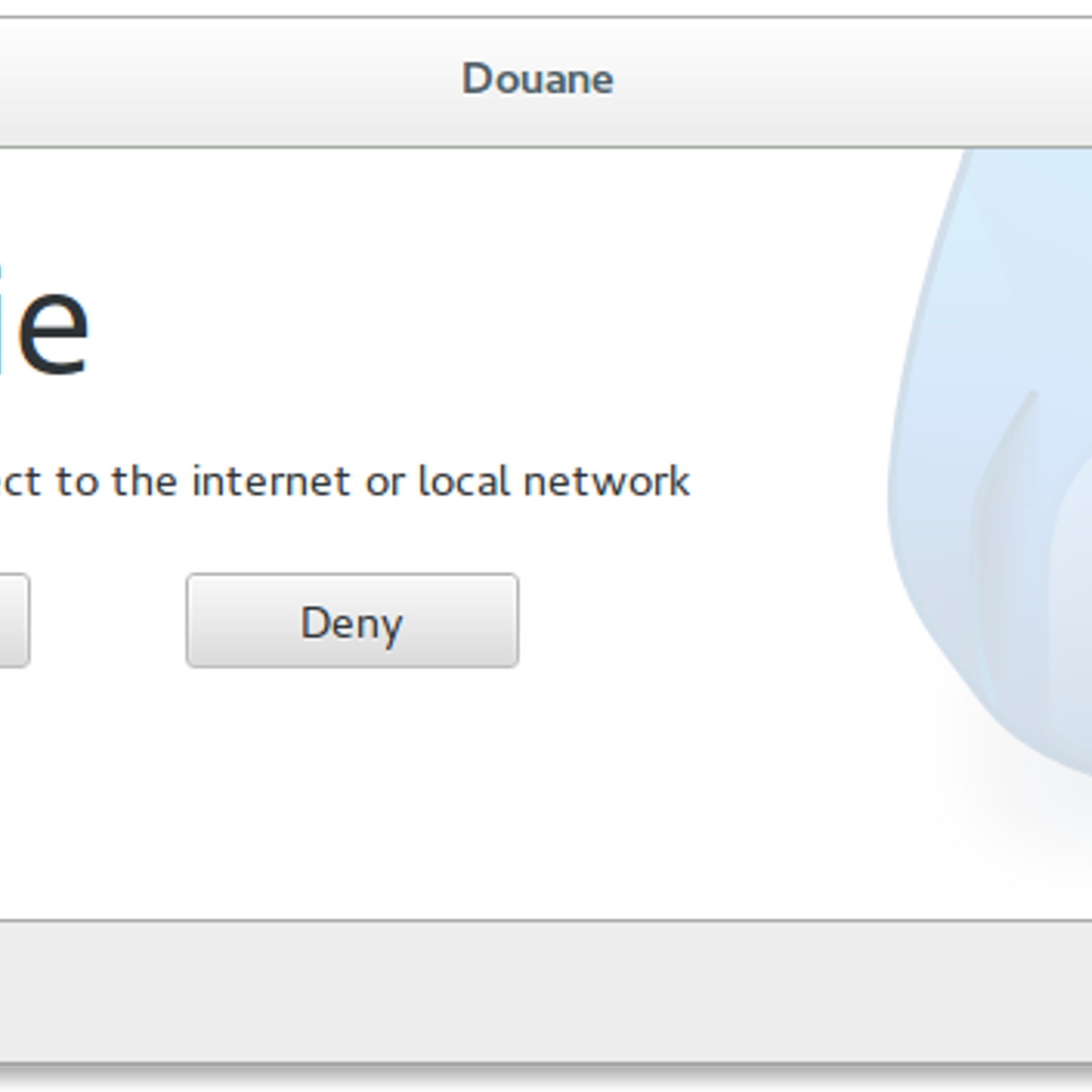/3utools-install-ipcc.html. Jul 12, 2019 How to Install IPCC File on 3utools 1. Download the latest 3uTools on a PC/laptop, connect an iDevice to the PC/laptop with a USB cable. After connecting the iDevice, go to ' Toolbox → Install IPCC '. Before the installation, you will need to get the IPCC file from a firmware you have.
Little Snitch. Makes these Internet connections visible and puts you back in control! Decide immediately Alert Mode. Whenever an app attempts to connect to a server on the Internet, Little Snitch shows a connection alert, allowing you to decide whether to allow or deny the connection. No data is transmitted without your consent. The Funk Blog The profound rantings of the one like Tom Atkinson. If you're looking to list open network ports the Mac equivalent to the linux command. The Little Snitch Command - Who's phoning home? How to use LSOF to discover which app or process is listening to which ports: lsof -Pnl +M -i -cmd grep. Jul 23, 2018 As we know Little Snitch is a popular Mac app that detects outbound internet and other connections and lets you set up rules to block those connections. Little Snitch can be used to monitor applications, preventing or permitting them to connect to attached networks through advanced rules.
- Little Snitch Linux Equivalent Download
- Little Snitch Linux Equivalent 3
- Little Snitch Linux Equivalent Chart
Little Snitch Linux Equivalent Download

Little Snitch Linux Equivalent 3
Little Snitch Linux Equivalent Chart
As Tinkster pointed out the first step is to take the machine off line. It is best to do this by either disconnecting the network cable or putting up a firewall (iptables) to only allow SSH connections from a trusted source. Once you have secured the machine you can work with much less possibility of interference. The next step would be to review the CERT intruder detection checklist. It will give you an overview of the investigation process. Don't worry if a lot of it doesn't make sense, we can help with that.
Now, to begin, would you please describe what is happening that leads you to suspect that your machine may have been compromised? Please provide as much specific detail as possible, including log entries if you have them.